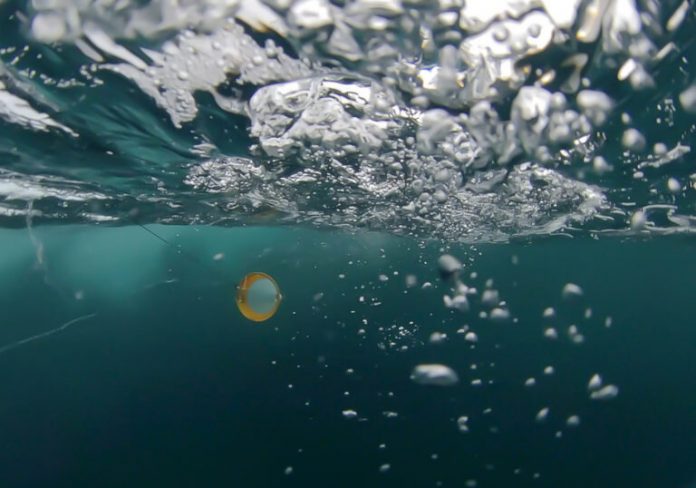Marine phytoplankton, or plant plankton, are incredibly important to life on Earth. As they go about their work of turning sunlight into energy, they produce fully 50 percent of the oxygen we breathe.
It’s no wonder that researchers want to know what climate change and a warming ocean might do to these tiny floating oxygen factories, especially since they serve as the basis of marine food webs and thus support the production of zooplankton and fish.
But counting and identifying plankton is incredibly hard. It’s like looking for a zillion tiny needles in an enormous haystack—except that both the haystack and the needles are constantly moving around in the vast reaches of the ocean and over space and time.
Now, an interdisciplinary collaboration between NTNU researchers and their colleagues from SINTEF Ocean is developing a smart robotic lightweight autonomous underwater vehicle (LAUV) that’s programmed to find and identify different groups of plankton.
The five-year project, called AILERON, was granted NOK 9.5 million by the Research Council of Norway in 2017. Earlier this spring, researchers took the LAUV out to the rough Norwegian coast on a test drive.
Image, analyze, plan and learn
Researchers from the university’s Departments of Engineering Cybernetics, Marine Technology and Biology are all part of the collaboration.
What’s special here is that the LAUV uses the entire processing chain of imaging, machine learning, hydrodynamics, planning, and artificial intelligence to “image, analyze, plan and learn” as it does its work.









